Disclosure: This article contains affiliate links. We may earn a commission from purchases at no extra cost to you, which helps our travel content.
After decades of exploring Japan's major cities, I've developed quite the soft spot for its lesser-known treasures. Matsumoto, nestled in the Japanese Alps of Nagano Prefecture, is precisely that kind of gem – a city that offers the perfect blend of historical significance, cultural richness, and breathtaking natural scenery without the overwhelming crowds of Tokyo or Kyoto. When my friend Mariko invited me to visit her hometown last spring, I jumped at the opportunity to explore this castle city that had been on my bucket list for years. What I discovered was a compact, walkable city with efficient public transport, world-class museums, and a food scene that still has me dreaming of perfectly crafted soba noodles. If you're looking for an authentic Japanese experience that combines history, culture, and natural beauty in one accessible package, my 48-hour Matsumoto itinerary might be exactly what you need.
Day 1: Morning - Matsumoto Castle and Historic District
The logical place to begin any Matsumoto adventure is at its crown jewel – Matsumoto Castle. I recommend arriving right when it opens at 8:30 am to beat both the crowds and the afternoon heat. Unlike many Japanese castles rebuilt in concrete, Matsumoto-jo is one of Japan's few remaining original wooden castles, earning its designation as a National Treasure.
As I approached along the moat pathway, the striking black and white façade against the backdrop of snow-capped Japanese Alps literally stopped me in my tracks. Do bring your comfortable walking shoes as you'll need to remove footwear before entering the castle and navigate some incredibly steep wooden staircases inside. The interior is remarkably preserved, with each floor housing artifacts and displays explaining the castle's strategic importance and architectural ingenuity.
After exploring the castle, I spent the late morning wandering through Nawate-dori and Nakamachi-dori, two preserved historic streets just a short walk away. Nawate-dori, known as 'Frog Street' for its countless frog statues and trinkets (symbols of good fortune for travelers), is lined with quirky shops and food stalls. I couldn't resist purchasing a handcrafted frog charm that now hangs from my travel journal.
Nakamachi-dori, with its beautifully preserved black and white kura (storehouses) converted into cafés and boutiques, offers a glimpse into Matsumoto's merchant past. I stumbled upon Kurassic-kan, a free museum inside a former sake brewery, where a lovely elderly volunteer gave me an impromptu tour despite our language barrier. Her enthusiasm transcended words as she demonstrated traditional crafts and insisted I try on a vintage kimono – resulting in photos that still make me chuckle.

💡 Pro Tips
- Visit Matsumoto Castle first thing in the morning to avoid crowds and harsh midday light for photos
- Purchase the combination ticket if you plan to visit the City Museum and Castle
- Look for the frog-themed manhole covers throughout the city – they're charming photo opportunities
Day 1: Afternoon - Art Museums and Local Cuisine
After a morning of historical exploration, I treated myself to a well-earned lunch at one of Matsumoto's famous soba restaurants. The region is renowned for its buckwheat noodles, and Kura, a tiny establishment recommended by my friend Mariko, served the most sublime cold zaru soba with fresh wasabi – a world away from the green paste we get back home. The chef proudly explained that both the buckwheat and wasabi were locally grown in the pure mountain waters surrounding Matsumoto.
With a satisfied appetite, I ventured to the Matsumoto City Museum of Art, primarily to see works by Yayoi Kusama, the internationally acclaimed artist who was born in Matsumoto. The museum's permanent exhibition includes several of her iconic polka-dotted pumpkins and immersive installations. What a delight to discover that my visit coincided with their special exhibition on local textile traditions! I've always had a weakness for traditional crafts, and watching the demonstration of Matsumoto's distinctive indigo dyeing technique was a highlight.
Just a short walk away is the Japan Ukiyo-e Museum, housing the world's largest collection of ukiyo-e woodblock prints. Having always admired these prints but never fully understood their significance, I was grateful for my pocket translator which helped me understand the detailed explanations provided by the curator. The museum is actually a private collection of the Sakai family, who have amassed over 100,000 prints over generations, though only a fraction are displayed at any time.
Before heading back to my accommodation, I stopped at Nakamachi Street's craft beer pub, Matsumoto Brewery, where I sampled their seasonal cherry blossom ale while chatting with a group of international teachers working in the region. They shared invaluable tips about local onsen (hot springs) that I'd never have found in guidebooks – precisely the kind of serendipitous encounter that makes solo travel so rewarding.
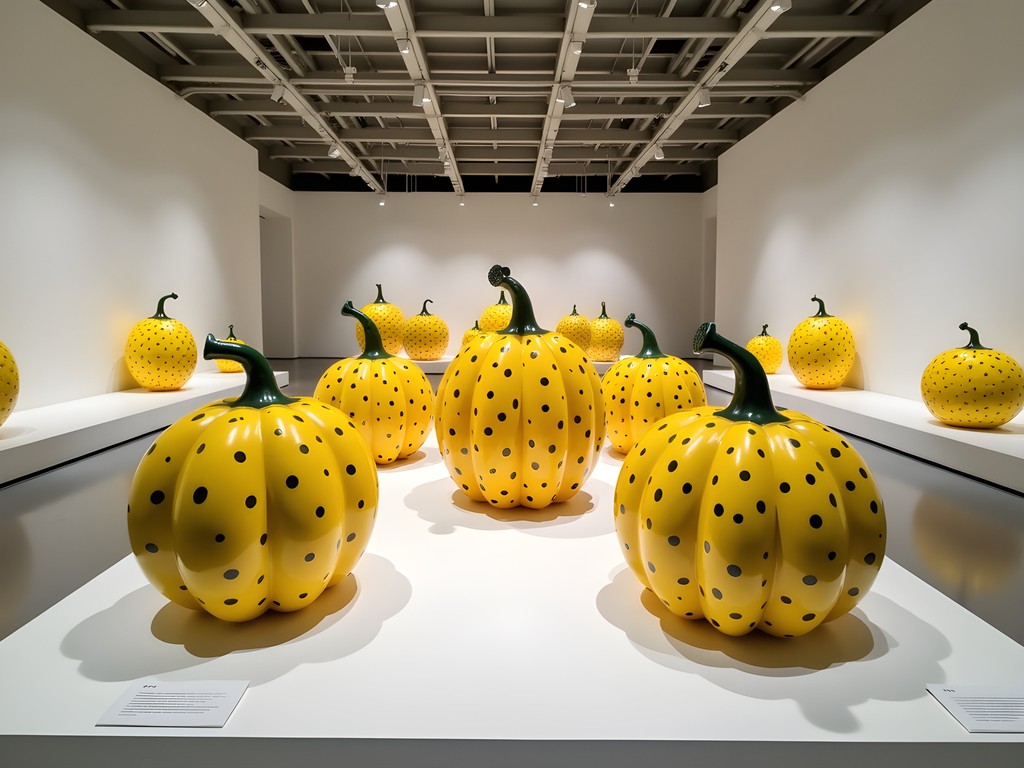
💡 Pro Tips
- The Matsumoto City Museum of Art and Japan Ukiyo-e Museum are a fair distance apart - consider using the Town Sneaker bus which stops near both
- Many smaller museums close by 5pm – plan accordingly
- Ask for an English audio guide at the Ukiyo-e Museum if available – the detailed explanations enhance appreciation of the prints
Day 1: Evening - Dinner and Night Views
As twilight descended on Matsumoto, I made my way to Utsukushigahara Onsen, a hot spring area just 30 minutes from the city center by local bus. While many visitors miss this opportunity by staying exclusively in the city center, I'd highly recommend making the effort. The bus journey itself offers spectacular views as it winds up into the foothills, and the driver kindly announced my stop despite my obvious foreigner status.
I selected a modest onsen ryokan (hot spring inn) called Sanjiro, where for about ¥1,500 (approximately £8 or AU$15), non-staying guests can use the outdoor baths. After navigating the bathing etiquette (remember: wash thoroughly before entering the bath!), I eased into the steaming waters of the rotenburo (outdoor bath) and watched as the city lights began twinkling in the valley below. The combination of 42°C mineral water and cool mountain air was utterly restorative after a day of walking.
For dinner, I returned to the city center and sought out Hitotsumami, a tiny izakaya (Japanese pub) tucked away in a side street near Nakamachi. With just eight counter seats, I was initially worried they wouldn't accommodate a solo diner, but the chef-owner waved me to a corner spot with a warm smile. What followed was a parade of small plates featuring local specialties: horse sashimi (a regional delicacy that requires some courage), pickled vegetables from nearby farms, and tempura made with seasonal mountain vegetables I couldn't identify but thoroughly enjoyed.
The evening concluded with a nighttime stroll past Matsumoto Castle, which is beautifully illuminated until 10 pm during spring and summer. The reflection of the lit castle in the still moat waters created the perfect ending to my first day. I was grateful for my compact tripod which allowed me to capture some long-exposure photographs despite the low light – images that far exceeded what my smartphone could manage.
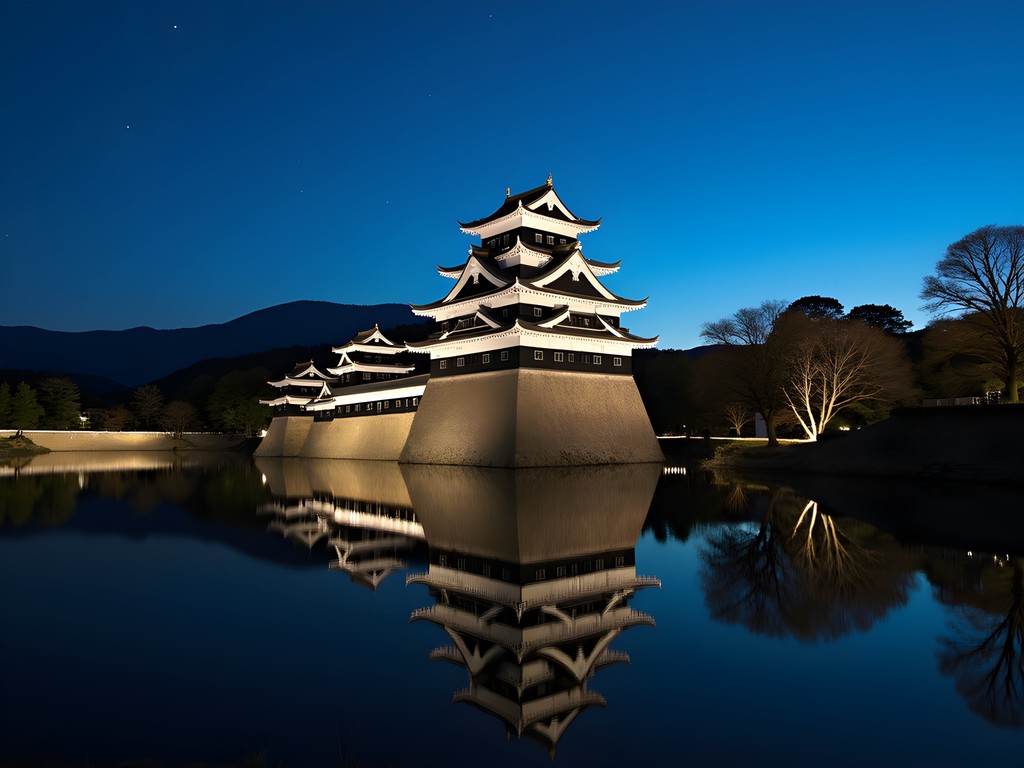
💡 Pro Tips
- The Town Sneaker Bus stops running relatively early – check the last departure times if venturing to outlying areas
- Many smaller restaurants don't accept credit cards – carry sufficient cash
- If you're a photography enthusiast, the castle illumination times vary by season, so check the official website before planning your evening
Day 2: Morning - Markets and Craft Workshops
I began my second day with an early morning visit to the Matsumoto Farmers' Market, locally known as Agatanomori Market. Having arrived just after its 7:30 am opening, I found myself among local pensioners selecting the freshest produce. The market features dozens of stalls selling seasonal vegetables, homemade pickles, and local specialties like shinshu miso. What struck me most was how the elderly farmers manning the stalls took immense pride in their offerings, often providing samples and preparation suggestions despite our language barrier.
I purchased what can only be described as the most perfect peach I've ever eaten – the juice literally ran down to my elbows as I devoured it on a nearby bench. I also couldn't resist buying some wasabi salt and pickled vegetables to take home, which the vendor carefully wrapped to survive the journey back to Australia.
By mid-morning, I made my way to the Matsumoto Craft Center, where I had pre-booked a temari ball making workshop. Temari balls are traditional Japanese thread balls, originally handcrafted from kimono scraps as children's toys but now preserved as an art form. The two-hour workshop was conducted by an elderly craftswoman who, despite speaking minimal English, demonstrated the techniques with such clarity that language became unnecessary.
With patience that bordered on saintly, she guided me through creating a simple geometric pattern, correcting my technique with gentle hands whenever I went astray. While my finished product lacked the mathematical precision of hers, it remains one of my most treasured souvenirs. The center offers various workshops throughout the year, including indigo dyeing and wood crafting – all providing deeper insights into Japan's crafting heritage than merely purchasing souvenirs.
After the workshop, I wandered through the adjacent Agata-no-mori Park, a peaceful green space with magnificent old trees and several historic buildings. The park was once the estate of a high-ranking samurai family, and remnants of this history are visible in the restored gate and garden structures. I found a sunny bench and enjoyed my pocket sketchbook and drawing pencils, attempting to capture the elegant lines of a particularly ancient pine tree – artistic skills that have improved marginally since my retirement, but still bring me immense joy.

💡 Pro Tips
- Bring small denominations of cash for the farmers' market as most vendors don't accept cards
- Book craft workshops at least a week in advance through your accommodation or the tourist information center
- If you're interested in traditional crafts, pick up the free English pamphlet at the tourist center that maps all the craft shops and workshops in the city
Day 2: Afternoon - Matsumoto Alps Park and Timepiece Museum
After a quick lunch of karaage (Japanese fried chicken) from a street vendor, I hopped on the Alps Park Line bus for the 20-minute ride to Matsumoto Alps Park. While many visitors overlook this attraction in favor of more central sights, the panoramic views of the Northern Japanese Alps and Matsumoto City from the observation deck are absolutely worth the detour.
The park features beautifully maintained gardens that showcase seasonal plantings – during my spring visit, the late cherry blossoms and early azaleas created a tapestry of pinks and purples across the hillside. The park also houses the Matsumoto City Alps Art Museum, a small but thoughtfully curated collection focusing on artists inspired by the surrounding mountains.
What particularly captivated me was the outdoor sculpture garden, where contemporary installations are positioned to frame views of the distant alps. I spent a contemplative hour sketching one particularly striking steel sculpture that seemed to change form as clouds passed overhead, altering the light and shadows.
Returning to the city center by mid-afternoon, I visited the Matsumoto Timepiece Museum, which houses an impressive collection of clocks and watches spanning four centuries. As someone with minimal interest in horology, I was surprised by how fascinating I found the exhibits. The museum occupies a distinctive European-style building that seems oddly at home among Matsumoto's traditional architecture.
The curator, noticing my interest in a particularly complex astronomical clock, offered an impromptu demonstration in charmingly accented English. His enthusiasm was infectious as he explained how the clock tracked not only time but celestial movements, demonstrating mechanisms that had functioned flawlessly for over 200 years.
Before leaving, I browsed the museum shop, which offers an eclectic selection of timepieces and related gifts. I couldn't resist purchasing a small wooden cuckoo clock for my grandson – though I suspect my daughter will be less than thrilled with the hourly chirping in their home.
With a few hours remaining before dinner, I decided to explore some of Matsumoto's backstreets with my travel guidebook in hand. While I typically prefer digital resources, there's something reassuring about a physical guidebook when wandering unfamiliar neighborhoods. The detailed maps led me to Yohashira Shrine, a small Shinto shrine with four deities that locals visit for various blessings. I observed a young couple praying, presumably for fertility or a happy marriage, a timeless ritual that continues despite our modern world's distractions.

💡 Pro Tips
- The Alps Park bus doesn't run frequently – check the schedule at the tourist information center and plan accordingly
- The Timepiece Museum is closed on Mondays – adjust your itinerary if visiting on a Monday
- If you're interested in traditional architecture, pick up the free walking tour map that highlights historical buildings throughout the city
Day 2: Evening - Sunset at Shrine of Abundance and Farewell Dinner
For my final evening in Matsumoto, I took a local recommendation and visited the Hotaka Shrine, often called the 'Shrine of Abundance' by locals. Located about 30 minutes from the city center by bus, this shrine is particularly beloved for its sunset views. The timing was perfect – I arrived just as the late afternoon light was beginning to soften, casting a golden glow across the shrine's vermilion gates and lanterns.
What makes this shrine special is its location at the foot of the mountains, creating a spiritual atmosphere that feels connected to the natural landscape. Unlike the more famous shrines in Kyoto or Tokyo, Hotaka Shrine rarely sees foreign tourists, offering a more authentic experience. I watched as local families performed evening prayers, and an elderly priest kindly motioned for me to approach the main altar, where he demonstrated the proper bowing and clapping ritual.
As sunset approached, I found a quiet spot on the shrine grounds with a perfect view of the mountains. The changing colors as the sun dipped behind the peaks – from gold to pink to deep purple – created a meditative moment that felt like the perfect conclusion to my Matsumoto adventure.
For my farewell dinner, I had reserved a seat at Kura Sushi, a traditional restaurant housed in a 120-year-old former sake warehouse. While the restaurant offers private dining rooms, as a solo traveler I requested counter seating where I could watch the chefs at work. The seasonal kaiseki course I selected featured eight beautifully presented small dishes highlighting local ingredients.
The standout was the ayu (sweetfish) caught in nearby mountain streams, grilled whole with nothing but salt to enhance its delicate flavor. The chef, noticing my appreciation, explained through limited English and expressive gestures how he selected the fish personally each morning from a specific fisherman who uses traditional methods.
The meal concluded with a surprising fusion dessert – matcha tiramisu that somehow perfectly balanced Italian and Japanese flavors. Paired with a glass of local Nagano wine (yes, Japan produces some excellent wines!), it was a fitting end to my 48 hours in this remarkable city.
As I walked back to my ryokan under a canopy of stars, I reflected on how Matsumoto had exceeded my expectations. It offered the perfect balance of cultural immersion, historical significance, and natural beauty without the overwhelming crowds of Japan's more famous destinations. For travelers seeking an authentic Japanese experience that can be comfortably explored in a weekend, Matsumoto surely deserves a place at the top of your itinerary.
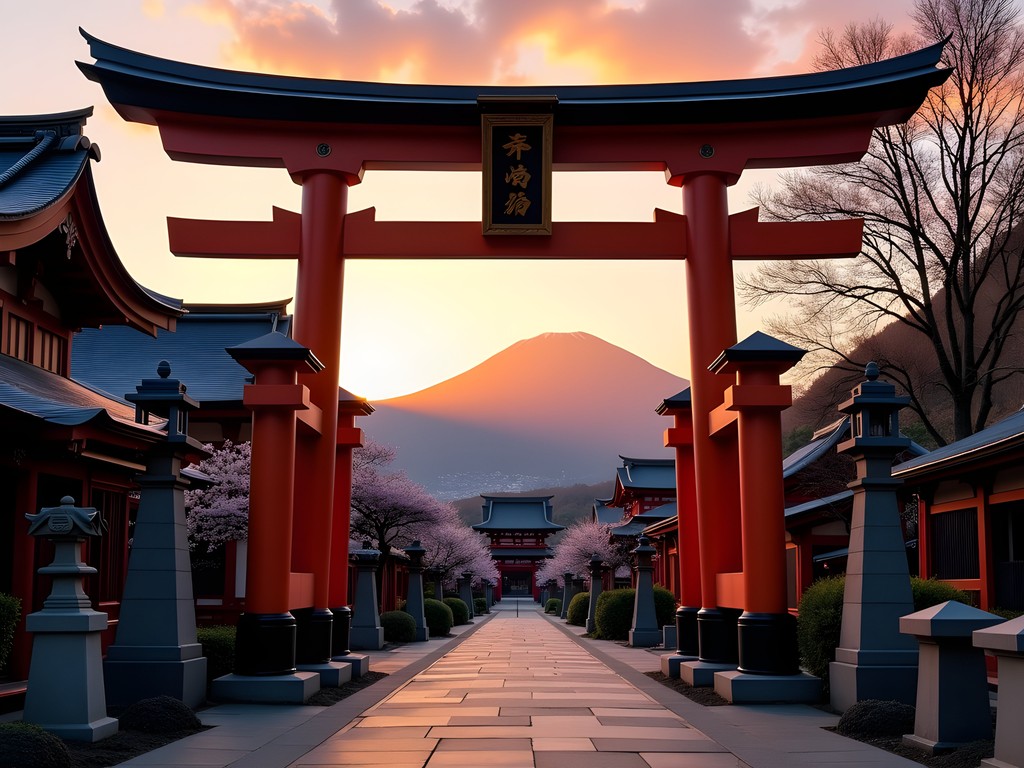
💡 Pro Tips
- Make dinner reservations for popular restaurants, especially on weekends
- The last buses to outlying areas often leave earlier than you might expect – check schedules carefully
- Pick up a small gift for shrine priests if you plan to take photos or receive blessings – small monetary offerings in special envelopes (available at shrine shops) are appropriate
Final Thoughts
Matsumoto may not feature on every traveler's Japanese itinerary, but after my 48 hours in this alpine city, I'm convinced it should. The perfect blend of accessibility and authenticity makes it ideal for those seeking Japan beyond the obvious destinations. With its magnificent original castle, world-class museums, thriving craft traditions, and spectacular mountain backdrop, Matsumoto offers a concentrated Japanese cultural experience without the overwhelming crowds of Kyoto or Tokyo. The compact city center means you can explore most attractions on foot or via the efficient Town Sneaker bus, making it particularly appealing for solo travelers like myself who appreciate straightforward public transport. Whether you're a first-time visitor to Japan or returning to explore beyond the usual tourist trail, consider Matsumoto for your next weekend escape. I'm already planning a return visit during autumn when the surrounding mountains burst into fiery colors – perhaps I'll see you there?
✨ Key Takeaways
- Matsumoto Castle is best visited first thing in the morning to avoid crowds and capture the best photos
- The local Town Sneaker bus makes getting around efficient, but check schedules carefully as service ends earlier than in major cities
- Don't miss the local specialties: soba noodles, wasabi products, and craft sake from the region
- Balance major attractions with quieter spots like Alps Park and Hotaka Shrine for a more authentic experience
📋 Practical Information
Best Time to Visit
April-May (spring) or October-November (autumn)
Budget Estimate
¥25,000-35,000 for a weekend (excluding flights)
Recommended Duration
2-3 days
Difficulty Level
Moderate


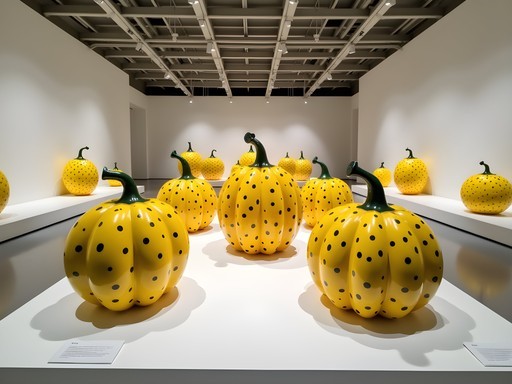

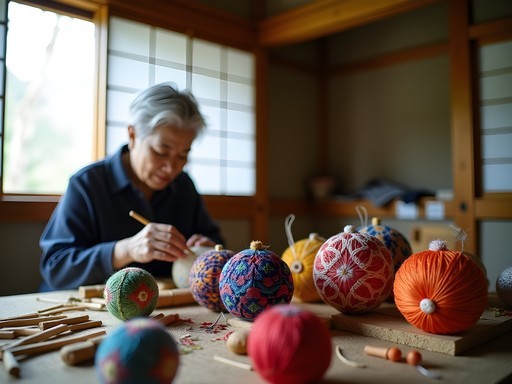
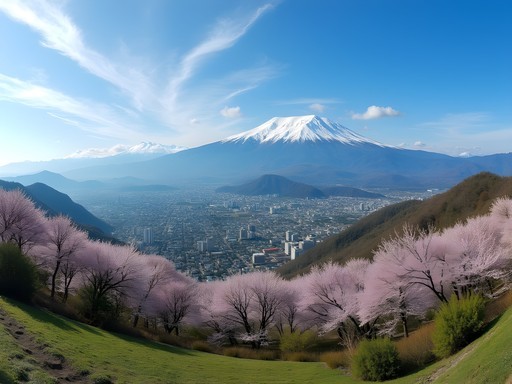
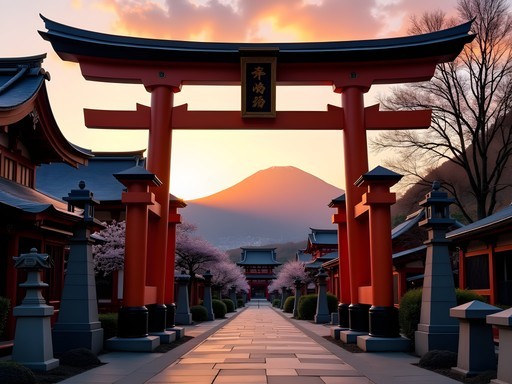


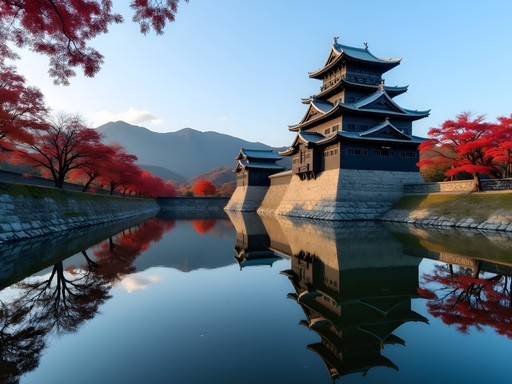
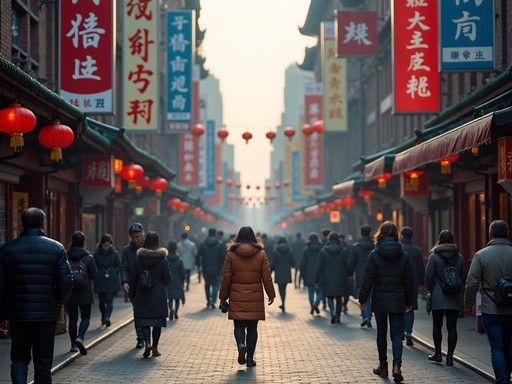
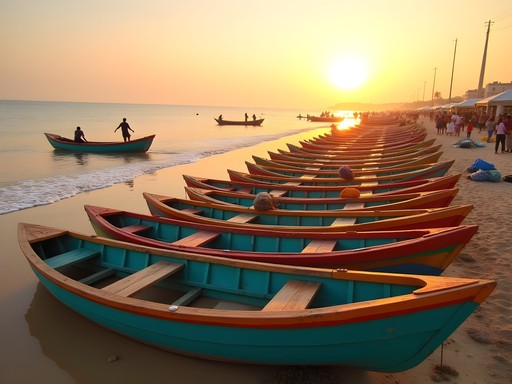


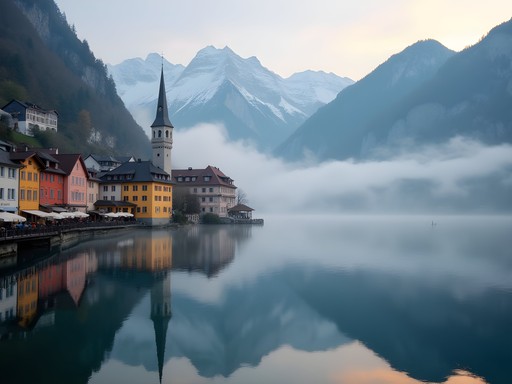
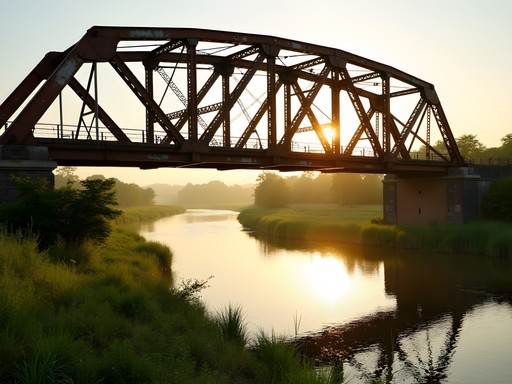
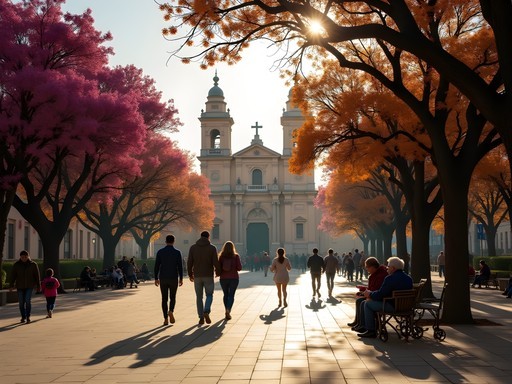
Comments
travelbug_jen
If you're there on a Saturday, don't miss the morning market near Nawate Street! Got some amazing local crafts and pickles there. The frog-themed shops are super cute too!
smartseeker
Thanks for the tip about the market! Why are there frog-themed shops?
travelbug_jen
Nawate Street is nicknamed 'Frog Street' because it's near the Metoba River where frogs used to be common! Now it's a fun theme for the shopping street.
JapanFan82
Love the photos! Matsumoto Castle looks magical.
smartseeker
Going to Matsumoto next month! How did you get around the city? Is it walkable or should we rent bikes? Also wondering if the castle gets super crowded on weekends?
Skylar Graham
The city center is very walkable! Everything in my itinerary can be done on foot. The castle does get busy on weekends, especially in the morning - I'd recommend going right when it opens or in the late afternoon for fewer crowds.
skyace
We rented bikes from the shop near the station and it was perfect! Made it easy to explore beyond the main areas. Castle gets packed around 11am-2pm on weekends, definitely go early.
Marco Flores
Matsumoto was one of my unexpected highlights in Japan last year! I'd add that hiking in the nearby Japanese Alps is incredible if you can extend your stay by a day. I used the local bus network to reach Kamikōchi (about 1.5 hours) and did a day hike there - absolutely stunning mountain scenery. Also, for anyone planning a trip, I found the Japan travel guide had some excellent walking routes for exploring the historic district that complemented this itinerary perfectly.
smartseeker
Thanks for the Kamikōchi tip! I'm planning a trip for next spring and trying to figure out how to include some nature experiences. How difficult was the hiking there?
Marco Flores
There are trails for all levels! The valley floor has easy walking paths with stunning views that anyone can do. If you want more challenge, you can head up into the mountains. Just check the season - it's closed in winter!
skyace
Just got back from Matsumoto last month! The castle is even more impressive in person than photos show. We also stumbled upon this tiny soba restaurant in the historic district that wasn't mentioned in your post - Takagi, I think? Handmade noodles that were incredible. Did you get a chance to try the local wasabi products? The wasabi ice cream was surprisingly good!
Skylar Graham
Takagi! Yes, it's fantastic - I couldn't include everything but you're right, their soba is exceptional. And the wasabi ice cream is such a fun experience! Did you make it to the wasabi farm?
skyace
We didn't have time for the wasabi farm unfortunately! Saving that for next time. The castle and art museums took up most of our day.
Fatima Sims
Great itinerary, Skylar! I visited Matsumoto last spring during cherry blossom season and it was magical. For anyone planning a trip, I'd add that the Nakamachi district (mentioned briefly in the Day 1 section) deserves extra time - the preserved merchant houses with their distinctive black and white walls are stunning for photography. I found an amazing little sake brewery there called Nakamura that offers tastings. Also, if you have time, the nearby hot spring town of Kamikochi makes an excellent add-on to a Matsumoto trip - about an hour by bus and some of the most beautiful mountain scenery in Japan!
Skylar Graham
Thanks for the Kamikochi tip, Fatima! I wanted to go there but ran out of time. Definitely on my list for next visit.
wildexplorer8096
Just got back from Japan and wish I'd seen this before! We only did the major cities but I'm already planning a return trip to explore places like Matsumoto. What's the best season to visit? Would love to see those mountains in different colors!
photoadventurer
I went in late October and the fall colors were INCREDIBLE. The castle with red maple trees was postcard-perfect!
winterstar
That castle view at sunset is everything! 📸
Riley Griffin
We visited Matsumoto with our kids (10 and 12) last fall and it was one of their favorite parts of our Japan trip! The castle is fascinating - my history-obsessed son couldn't get enough of the samurai exhibits. One tip I'd add to Skylar's itinerary: there's a wasabi farm about 20 minutes outside the city (Daio Wasabi Farm) that makes for a fun half-day trip. The kids were amazed seeing how wasabi grows, and they still talk about the wasabi ice cream! Also, the Matsumoto City Museum of Art has a great children's area if you're traveling with family. The locals were incredibly kind to our kids even with the language barrier.
blueexplorer
I'm a complete Japan newbie planning my first trip. Would Matsumoto be overwhelming for someone who doesn't speak any Japanese? I love the idea of seeing something beyond Tokyo/Kyoto but nervous about language barriers in smaller cities.
Fatima Sims
I found Matsumoto super welcoming even with minimal Japanese! Most attractions have English signage, and I used translation app for menus. The tourist information center at the station has English-speaking staff who are incredibly helpful. It's actually a perfect 'first small city' experience!
Venture X
Premium card with 2X miles, $300 travel credit, Priority Pass